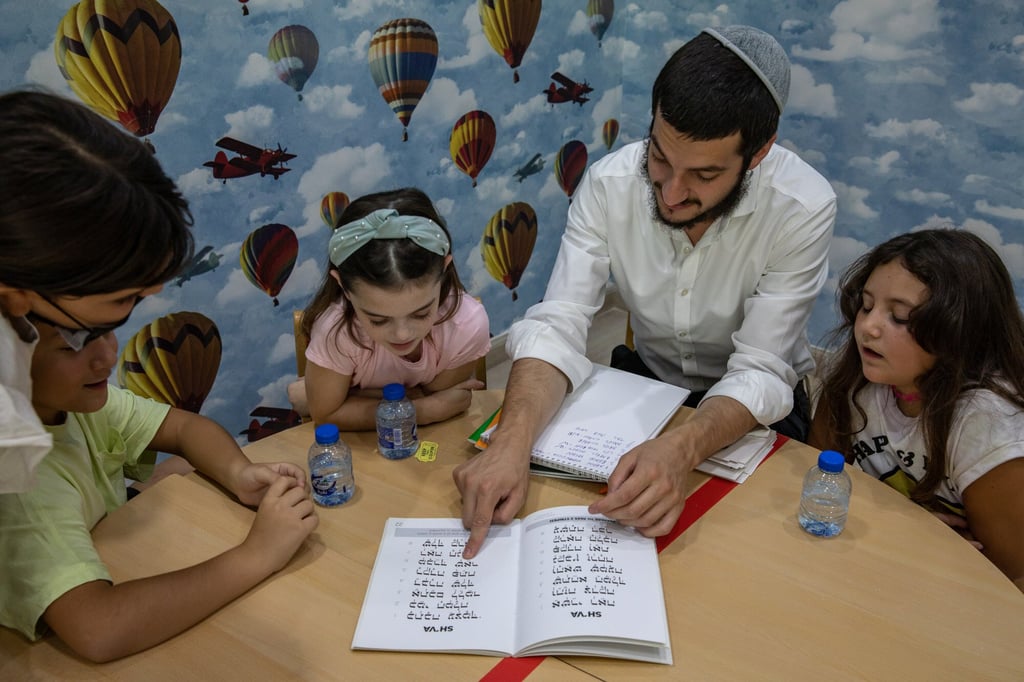Languages in danger – seven, including Quechua and Maori, undergoing a revival and one, Malaysia’s Iban, that could use some more help
- Unesco’s Atlas of the World’s Languages in Danger includes some spoken only in one village but others that have had a renaissance, such as Basque and Welsh

More than half the world’s languages have no written form. Some don’t have words for “yes” and “no” or numbers higher than two. A few, such as Fala (Spain), Lorang (Indonesia), Duhumbi (India) and Fuma (China) are spoken only in a single village and are largely unintelligible to those living in the next valley.
Unesco’s Atlas of the World’s Languages in Danger (available in print and online form) aims to raise awareness of those on life support, but it is not all doom and gloom. Unesco also documents dormant languages and dialects that have been resuscitated.
Here are eight that are enjoying a linguistic renaissance, although one or two could use a little help.

History suggests there has been only one example of a language being completely revived and established as a national tongue. Extinct as an everyday means of communication for 2,000 years (although it was still used as a written language of prayer, commerce and literature), Hebrew has gone from having no native speakers to being the mother tongue for several million in a little more than 100 years.
The need for a lingua franca led to it being reclaimed in the late 19th century. Borrowing vocabulary and grammar from languages spoken by Jewish migrants such as Yiddish, Arabic, Polish and Russian, Hebrew became the national language upon the founding of Israel in 1948.
Te reo Māori, the Māori language, is another revitalisation success story. Native to New Zealand, the Polynesian patois boasts more than 60,000 speakers. Banned in classrooms by British colonials, many Māori parents urged their children to learn English as those without it would be at a disadvantage in the search for employment.